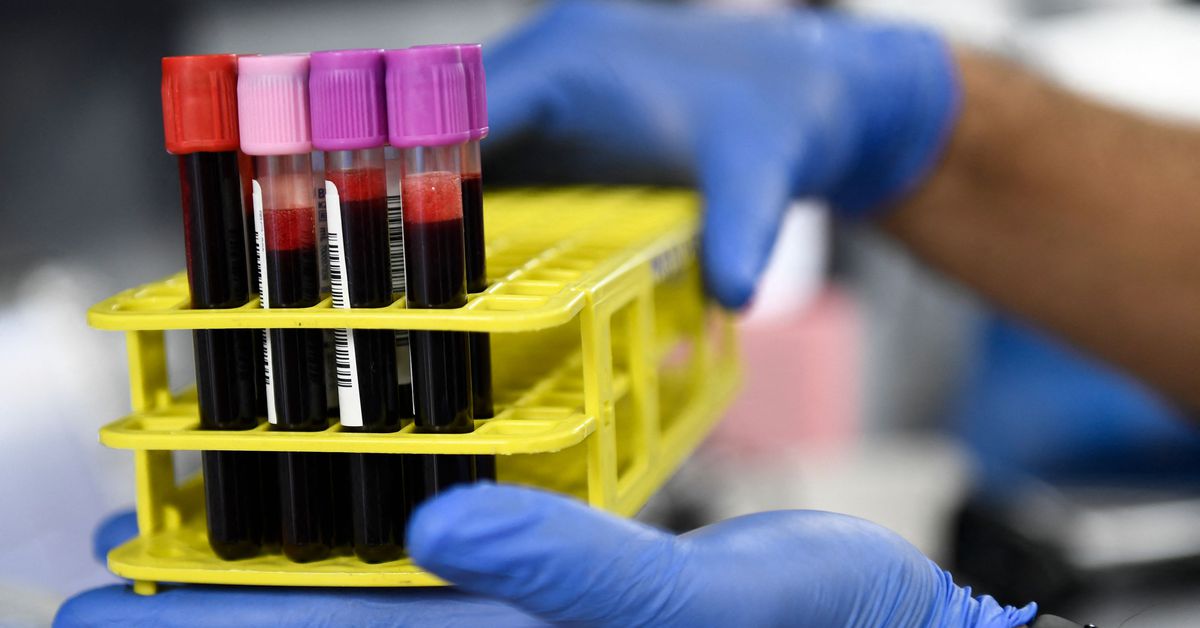Patients did DIY blood draws in a new vaccine study
Here’s how a research study to test for antibodies might normally go: participants who sign up go to a medical office and get their blood drawn. Depending on the type of study, they might have to go back and forth multiple times over a few months. It takes logistics, scheduling, and too much time in probably too cold waiting rooms.
But a new COVID-19 vaccine booster study tried a new — and more badass and / or gross, depending on how squeamish you are — approach. The study didn’t ask anyone to take time out of their day to go to a doctor’s office to test their blood for antibodies. Instead, the process was DIY: people drew their own blood at home.
The study, done by Moderna researchers, was checking the antibody levels of people who received three Moderna COVID-19 vaccine doses (the regular series and a booster) compared to three Pfizer doses. It sent participants a device called the TAP II, which is made by the company YourBio.
A video on the company website shows how it works. People warm up their skin and then stick on a small plastic device with a plunger on the top and a collection tube sticking out the bottom. They press down on the plunger and blood starts to fill the tube. (The device is only able to be used in research right now and is not cleared by the Food and Drug Administration.)
A number of other companies also make at-home blood collection devices. One device, the Drawbridge OneDraw, was also used in a study checking coronavirus antibody levels.
Image: YourBio
Over 800 people signed up for the Moderna study, and each used the TAP II to collect their blood at home. They collected samples when they signed up, after one month, and then after a second month. The study found higher levels of antibodies in people who got three Moderna shots than people who got three Pfizer shots.
The findings themselves were probably interesting to Moderna (which funded and ran the study, which is still a preprint and hasn’t yet been peer-reviewed). But it’s also a proof of concept for research done quickly and at home, which the authors said could open up access for more people. It’s always a challenge for research groups to convince people to sign up for studies, and it’s difficult to make sure they come back for every appointment. Approaches that let people do everything at home could make that easier.
For all the latest Technology News Click Here
For the latest news and updates, follow us on Google News.

